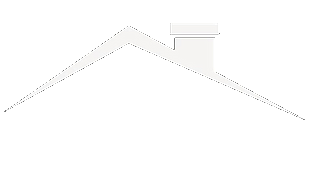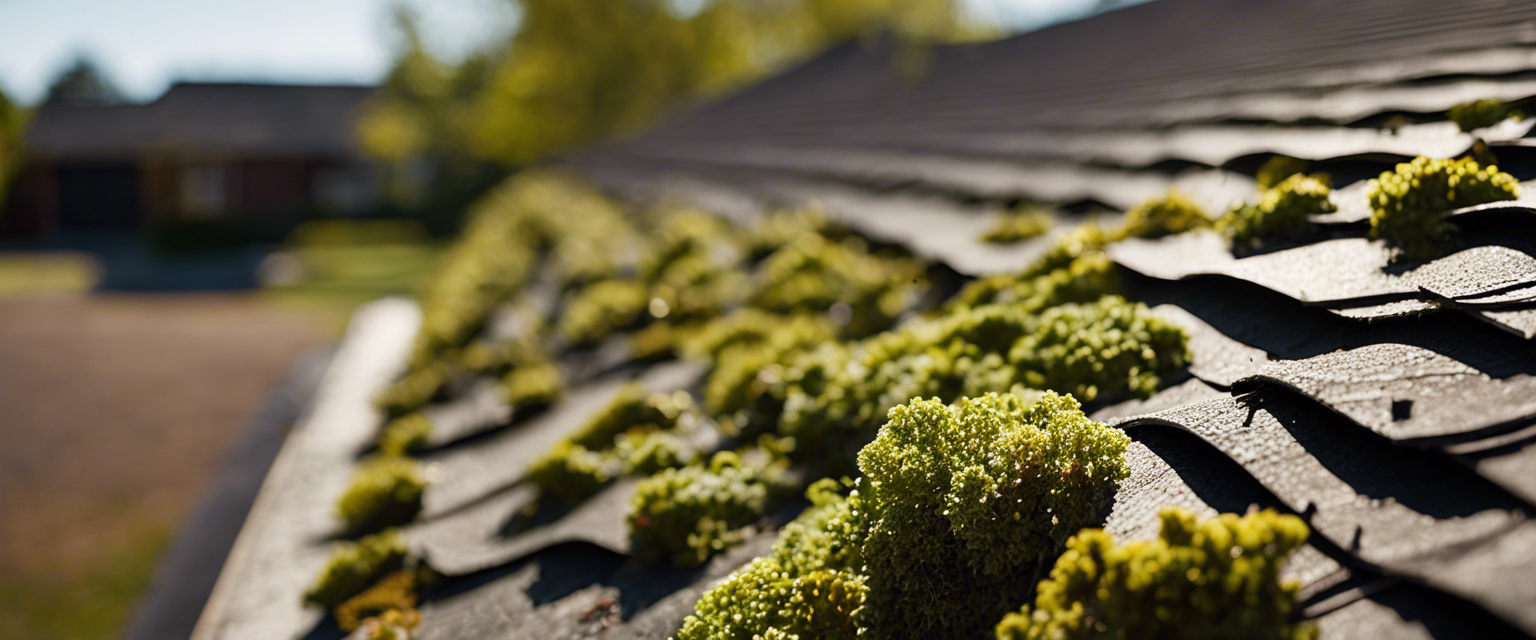So, you’ve been blissfully unaware of your roof’s condition, huh? Well, it’s time to face the harsh reality – your Tulsa roof might be in need of an inspection.
But how do you know if it’s really necessary? Well, my friend, keep on reading because we’re about to unveil the top signs that should have you reaching for your phone to schedule that inspection ASAP.
Trust me, you don’t want to wait until it’s too late and your roof becomes a leaky sieve.
Key Takeaways
- Damaged or missing shingles indicate roof damage and should be regularly inspected.
- Water stains on the ceiling or walls are signs of water damage and the need for a roof inspection.
- Roof sagging is a serious issue that requires immediate attention to prevent further damage or collapse.
- Excess granules in gutters indicate shingle wear and potential roof damage, and should be addressed promptly.
Damaged or Missing Shingles
If you notice damaged or missing shingles on your Tulsa roof, it’s crucial to address this issue promptly to prevent further damage to your home. Missing or damaged shingles are a clear indication of roof damage, which can be caused by severe weather, age, or poor installation.
Leaving these issues unaddressed can lead to more extensive roof damage and potential water damage inside your home. Regularly inspect your roof for any signs of missing or damaged shingles to catch roof issues early on. If you see stains on your ceiling or notice any water damage, it’s even more important to schedule a roof inspection.
Depending on the extent of the damage, roof repairs or a complete replacement may be necessary. By addressing these issues promptly, you can prevent further wear and tear and ensure the longevity of your roof.
Signs of Water Damage
To identify signs of water damage on your Tulsa roof, thoroughly inspect for stains on the ceiling or walls, indicating possible roof leaks. Water stains are one of the most obvious warning signs of water damage. However, there are other signs you should be aware of to prevent further damage and expensive repairs.
Here are three signs of water damage to look out for:
-
Active leaks during rainstorms: If you notice water dripping from your ceiling or walls during rainstorms, it’s a clear indication of a roof leak. Prompt action is necessary to prevent significant structural damage.
-
Visibly sagging or drooping areas: If you notice any areas of your roof visibly sagging or drooping, it could indicate water damage and compromised structural integrity. It’s crucial to address this issue promptly to ensure the safety of your home.
-
Granules in your gutters: If you find granules from the shingles in your gutters, it’s a sign of deteriorating shingles due to water damage. This can lead to further issues, such as mold growth and increased energy bills.
Identifying these signs of water damage early on can help you take the necessary steps to address the problem and maintain the integrity of your roof in the long run. Regular inspections and timely repairs are essential to prevent costly repairs and potential health hazards.
Roof Sagging
Now let’s take a closer look at the issue of roof sagging, which can be a major concern for homeowners in Tulsa.
Roof sagging is a clear indication that your roof may need immediate attention. It can be caused by poor installation, water damage, or simply the natural wear and tear that comes with age.
A sagging roof not only poses a safety risk, but it can also lead to further damage or even collapse if left unaddressed. To protect your home and ensure the safety of your family, it’s crucial to have your roof inspected by a professional roofer at the first signs of sagging.
Regular inspections can help identify and address these issues early on, giving you peace of mind and saving you from costly repairs in the long run.
Don’t forget that a sagging roof can also impact your HVAC system’s efficiency, as it has to work harder to regulate the temperature. By taking care of your roof, you aren’t only protecting your home but also ensuring that your HVAC system can work optimally.
Excess Granules in Gutters
Excess granules in your gutters are a clear indicator of shingle wear and potential roof damage. When you notice an accumulation of granules in your gutters, it’s a sign that your roof needs inspection. Here are three reasons why excess granules in your gutters should be addressed promptly:
-
Protect your home: Shingles losing protective granules may lead to increased vulnerability to sun and water damage. By addressing this issue, you can prevent further damage to your roof and protect your home from potential leaks.
-
Address roofing issues: Excessive granules in gutters can compromise the roof’s ability to protect against UV damage. Regular inspections can help identify any underlying issues and address them before they become major problems.
-
Ensure safety: Monitoring granule loss is crucial for maintaining the quality and lifespan of your roof. By addressing the granule loss promptly, you can ensure the safety of your home and prevent any potential hazards.
If your roof is more than a few years old, it’s advisable to seek professional inspection services in Tulsa to address any potential roofing issues and ensure the longevity of your roof.
Roof Age
Determining the age of your roof is a crucial step in assessing its overall condition and potential need for repairs or replacement. Most asphalt shingle roofs have a lifespan of around 20-25 years. Knowing the age of your roof can help you identify potential issues and plan for necessary repairs or roof replacement.
As your roof ages, it becomes more susceptible to damage and wear. Regular inspections can help you catch any early signs of roof issues, which can save you money in the long term. Professional assessment is recommended for roofs approaching the end of their lifespan to ensure the safety of your home and protect it from potential leaks or structural damage.
Frequently Asked Questions
How Do I Know if My Roof Is Unsafe?
To determine if your roof is unsafe, look for warning signs such as missing or damaged shingles, leaks, sagging or buckling, and cracked flashing. Regular inspections by a professional are important for identifying and addressing any potential hazards.
How Do I Know When My Roof Needs Replacing?
When your roof needs replacing, there are several signs to look for. Missing or damaged shingles, leaks, sagging or buckling, and cracked flashing are all indicators. It’s crucial to hire a professional roofer for inspection and repairs.
How Do You Tell if a Roof Is Good or Bad?
To determine if a roof is good or bad, look for common problems like missing shingles, leaks, sagging, and cracked flashing. Regular inspections by professionals are important to catch issues early and maintain the roof’s longevity.
How Do You Inspect a Roof?
To inspect a roof, start by looking for common signs of wear and tear like missing shingles or water stains. Use a roof inspection checklist and the right tools. Regular inspections are important for DIY maintenance and to catch any issues before they become major problems.



